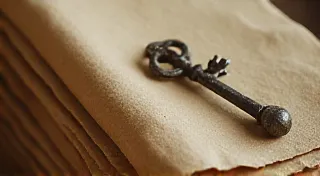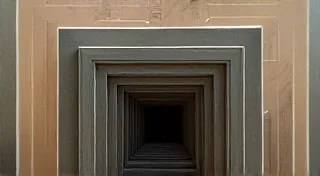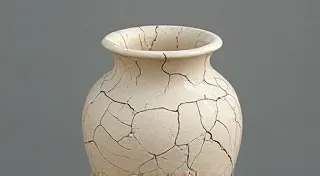Echoes in the Ratchet: Reconstructing Narrative from Disassembled Adding Machines
There’s a peculiar sadness in a box of disassembled parts. Not a despairing sadness, but a muted, reflective one. When I first inherited my grandfather's collection of antique adding machines – a chaotic jumble of gears, levers, and printed columns – it wasn't just metal and mechanism I felt. It was the absence of a story, the echo of a purpose lost. These machines, once vital tools in bustling offices, now lay scattered, their narrative fractured. But within that fragmentation, I’m learning to find something profoundly moving: a window into a forgotten world, and a wellspring of unexpected inspiration.
These weren't computers, of course. They were the precursors, the mechanical ancestors of the digital age. Before spreadsheets and algorithms, there were meticulously crafted devices that relied on the precision of levers and the rhythmic click of escapements to tally columns of numbers. They represented a different kind of efficiency, one born of ingenious engineering and the sheer physicality of work.
My grandfather, Arthur, was an accountant, a meticulous man who treated his tools with a reverence most modern professionals wouldn't understand. He collected these adding machines, not for their monetary value, but for their story. He's gone now, but his collection feels like a tangible connection to his past, and a gentle nudge to explore the past beyond ledger books and accounting principles.
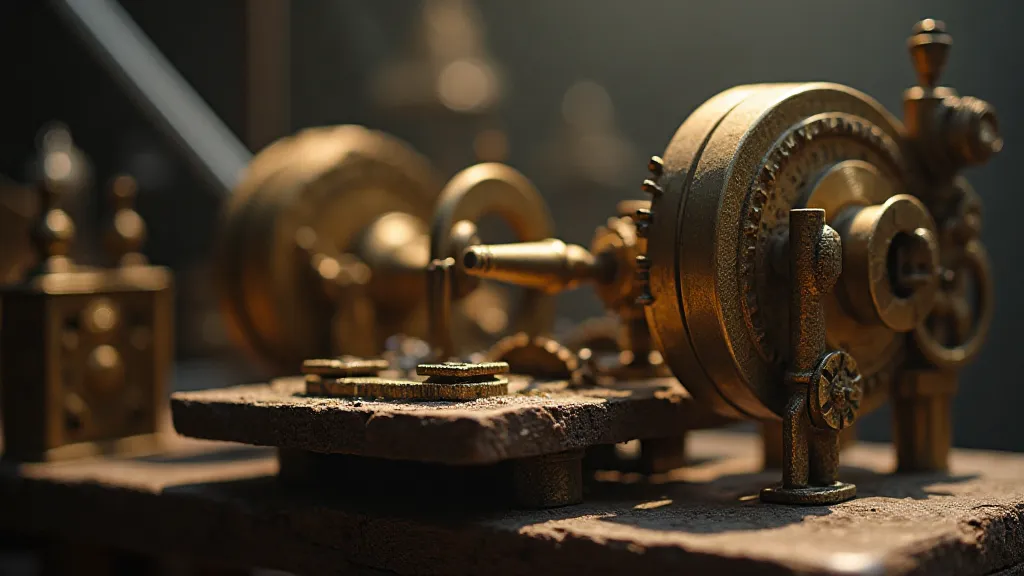
The Dance of the Parts: A Lost Choreography
A complete adding machine is a marvel of interconnectedness. Each part – the printing mechanism, the carriage, the keys, the escapement – plays a critical role in the overall function. But disassembled, these parts become…fragments. Each gear, each lever, whispers of a larger whole, a lost choreography. The escapement, for example, the tiny, intricate mechanism that controls the advancement of the machine, is a miniature masterpiece. Its precise movements, governed by a carefully calibrated spring, dictate the rhythm of the calculation. To hold one in your hand, to examine its construction, is to appreciate the ingenuity of its design.
What's fascinating is how the absence of context—the lack of the full machine—can trigger the imagination. A single, curved lever might suggest a graceful arm reaching across a desk, perhaps belonging to a woman diligently processing payroll in the 1920s. A chipped column, bearing faded numerals, could represent a forgotten client, a vanished business, a moment in time lost to the relentless march of progress. The rust, the wear, the subtle imperfections all contribute to this narrative potential.
Restoration is a consideration, of course. There’s a certain beauty in preserving the patina of age, in allowing the machine to retain its history. However, a complete restoration risks erasing the very character that makes it so compelling—the whispers of the past embedded within its aged components.
Inventors and Operators: Imagined Biographies
Consider the inventors. Names like Brunsviga, Friden, and Marchant resonate with a quiet grandeur. They were visionaries, engineers who wrestled with the limitations of their time to create these remarkable devices. Imagine the hours spent in workshops, refining designs, troubleshooting mechanical failures. Each adding machine is a testament to their perseverance and creativity. Perhaps a frustrated Brunsviga engineer, struggling to perfect the printing mechanism, eventually finds inspiration in a chance observation – the fluttering of a bird’s wing, the rhythmic swing of a pendulum.
And then there are the operators. The men and women who spent their days working these machines, their lives intertwined with the rhythmic click of levers and the steady advance of columns. These were the unsung heroes of the business world, the diligent workers who kept the wheels of commerce turning. Did they dream of something more, or did they find contentment in the precision and predictability of their work? Were there office romances, rivalries, and shared laughter amongst them, all played out against the backdrop of these mechanical calculators?

Deconstruction as Inspiration: Creative Prompts from Disassembled Parts
The fragmented nature of disassembled adding machines lends itself beautifully to creative writing prompts. A pile of gears could become a metaphor for the interconnectedness of human relationships. A broken carriage could represent a journey interrupted, a dream deferred. The faded numerals on a column could spark a story about a forgotten legacy, a hidden treasure, or a long-lost love.
Try this: Choose three random parts from a disassembled adding machine. Without looking at the entire collection, describe each part as if you were writing a poem. Then, write a short story that connects these three seemingly disparate objects. Perhaps the lever represents a character’s stubbornness, the gear symbolizes their relentless pursuit of a goal, and the column represents the burden of their past. The constraints of the prompt – the need to integrate seemingly unrelated elements – can often lead to unexpected and rewarding creative breakthroughs.
Or consider: Imagine you are the last operator of a Friden adding machine, working in a rapidly changing office environment. Your colleagues have all transitioned to computers, but you stubbornly cling to your traditional methods. What do you think about the future? What do you fear losing? What do you value about your craft?
More Than Just Mechanics: A Legacy of Human Ingenuity
These machines are more than just intricate mechanical devices. They’re artifacts of a bygone era, tangible reminders of a time when human ingenuity and meticulous craftsmanship were paramount. They represent a different relationship between humans and technology, one that was based on understanding, control, and a deep appreciation for the beauty of precision. They offer a glimpse into the lives of the inventors, the operators, and the businesses that relied on them.
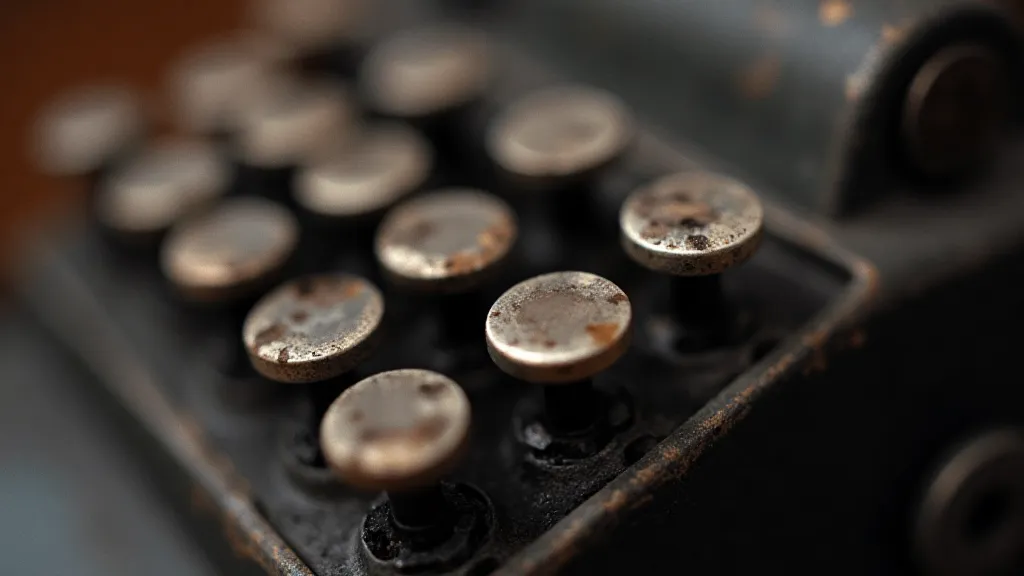
As I continue to explore my grandfather's collection, I find myself increasingly drawn not just to the mechanics of these machines, but to the stories they hold. The fragmented parts, once a source of sadness, have become a source of inspiration, a window into a world that deserves to be remembered. And perhaps, by reconstructing narrative from disassembled adding machines, we can not only honor the ingenuity of the past but also unlock new possibilities for creative expression in the present.

